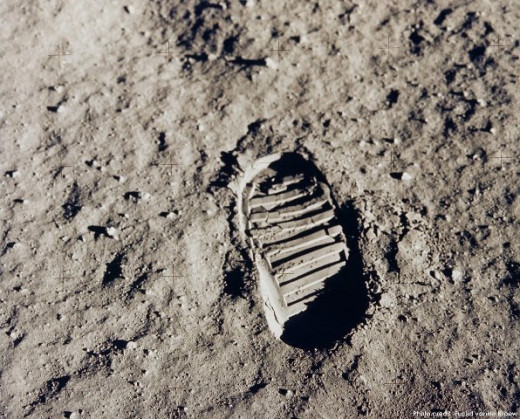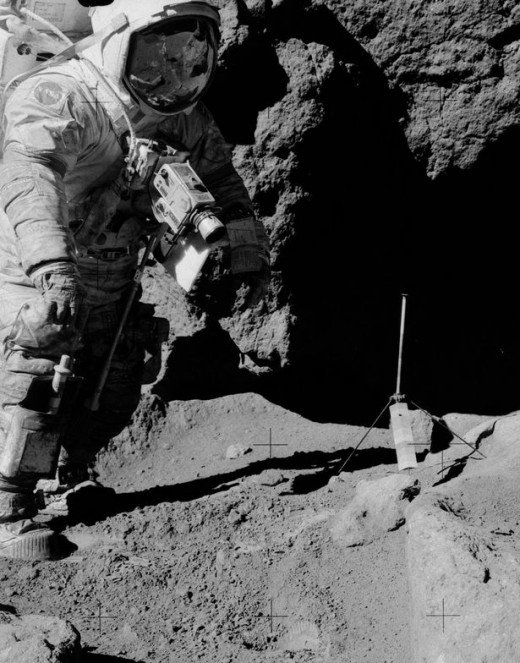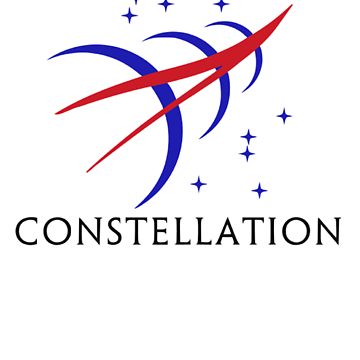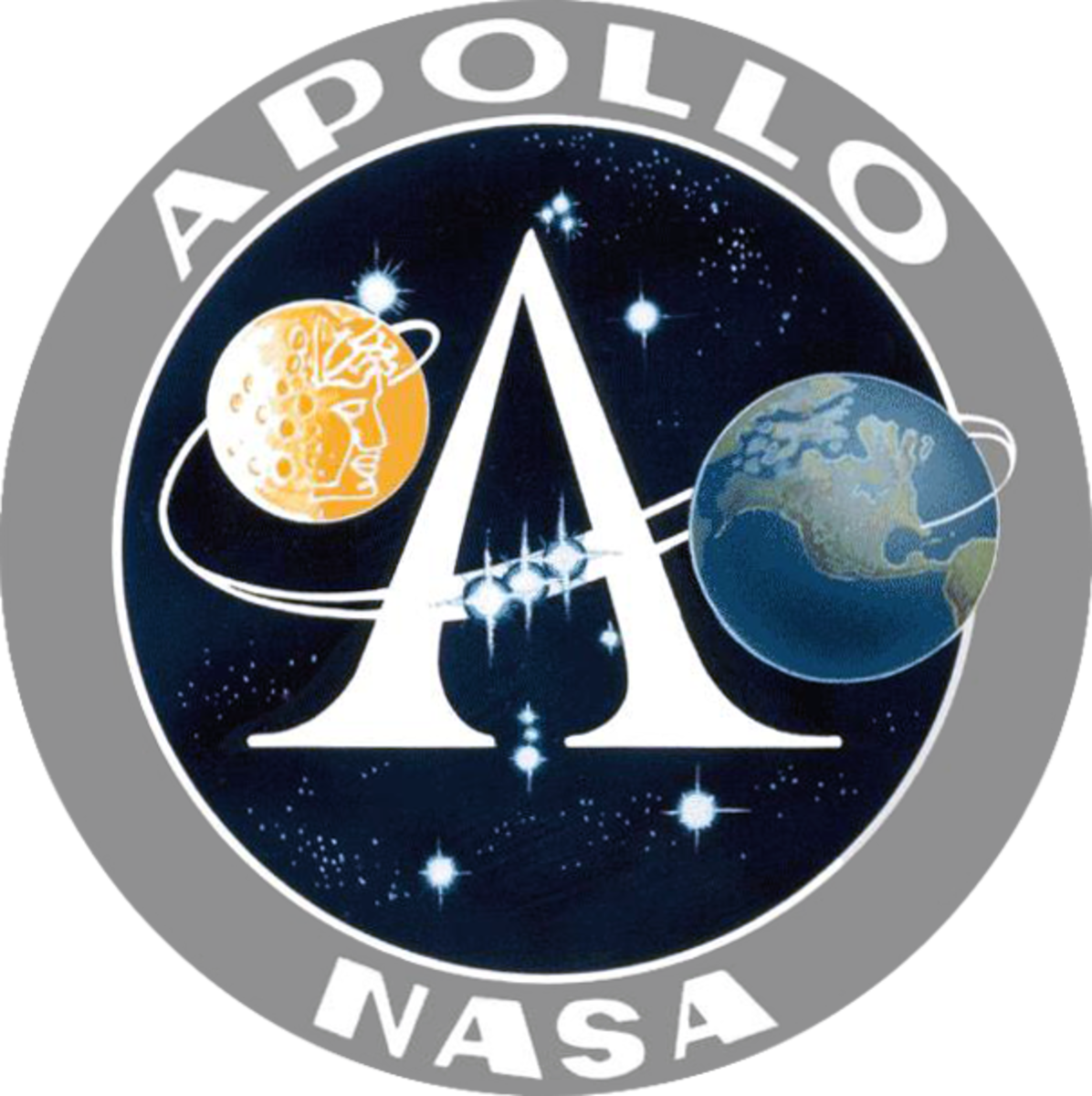- HubPages»
- Books, Literature, and Writing»
- Commercial & Creative Writing»
- Creative Writing
Nothing as It Seems: An Interview

An Interview
“So, why have you decided to finally humor me?” I demand of him as he settles in front of me, piling his dark-socked feet onto the maple wood coffee table. He shrugs his shoulder, places a tuft of beard between two fingers, and inhales deeply.
“I am telling you all this because honestly, I don’t believe that society will be around long enough to care. Five years ago I would have never spoke of it, but right now, the powers in control of politics, the government itself, and the social media are all too busy trying to ruin everyone to give a damn about what I have to say,” he explains in a manner-of-fact tone.
As dramatic and otherworldly as it sounded, I knew better than to allow any semblance of doubt to creep into my subconscious. Having served over five years for an “unclassified” sub-sect for the Department of Defense, he was not one to be questioned when it came to the blatant truths of world happenings.
I shift under the weight of his words.
“Well, the theme that I am writing on concerns things not always appearing as they seem,” I begin hesitantly, “and I thought that perhaps you could tell me something that the general public believes they are aware of, but are actually ignorant to.”
“That’s simple enough,” he answers, leaning further back against the cushions of a bright blue couch. “ Take NASA, for example. The public perception of NASA for the past few years is that the institution is losing interest in space...that we have only been to the moon a handful of times and that astronauts idly float around in a scattering of shuttles.”
Apollo 17

It is, in fact, the general public perception that lunar science entered a period of stagnation after the moon landing of Apollo No.17, in December of 1972. Yet, the three decades that followed this final moon visit featured over thirty-one publicized manned and un-manned space missions, which included ventures to unimaginable reaches, such as Jupiter, Venus, and the Sun.
“It is our perpetual ignorance that allows us to accept the apparent decline of space travel,” he continues, “when in actuality, the government has simply phased out the general public from most things concerning the ‘final frontier’ in order to make advances that may or may not be deemed agreeable by the majority of the tax paying public.”
“Well, is such a project occurring presently?” I ask, now leaning on the edge of my seat, gripping my notepad and pen firmly. The only news that I was aware of involved the budgets cuts of NASA’s Constellation program, which had been aimed at constructing innovative spacecrafts for a new generation of human spaceflight, and had been cancelled in the early months of 2010 by President Obama.
“There are multiple projects currently underway,” he answers. “The most interesting –to me at least- is TR-71, for which production began in 2000, as directed by the United States Air Force. The contracted company for this operation is known as Teledyne Ryan, perhaps the most specialized vehicle manufacturing company for the military, next to Lockheed Martin.”
NASA's Constellation Program

TR-71
Teledyne Ryan is perhaps best known for its development of the unmanned air vehicle (UAV) in the early 1960s, which was progressively followed by more and more innovative contributions. These included, but were definitely not limited to, the AQM-91A Compass Arrow, a high-altitude reconnaissance drone, as well as the Low RCS Vehicle, another, more aggressive craft that could fly at lower signatures.
“So, what is the purpose of TR-71?” I manage to interject, scrambling to record the massive amount of information that he was so easily divulging.
“No, lets do it this way,” he transitions, taking another deep breath. “The TR-71 was flown as a prototype in 2004. It was maybe the size of a fast-attack sub and was piloted by a six-man crew. The ship was outfitted with a nuclear reactor, which it used to furnish a power supply for the ion drive.”
The blank expression on my face causes him to come to a halt in mid-explanation. Rolling his eyes, he leans forward, elbows balanced on top of his knees, attempting a different approach.
“I suppose that your daft look is in response to the term ‘ion drive’?” he begins mockingly. “ The basis behind the concept comprises the ionization of a gas in order to propel a craft. On the TR-71, this power is drawn from the seventy-five to one hundred different disks on the sides of the ship, as well as the additional three located towards the back. These disks capture the ions from the sun, which are then transferred to a ‘fuel tank’ for storage.”
“That’s all fine and good,” I manage, “but you still haven’t told me a single reason as to what purpose this thing served.”
“The need for instant gratification is not an endearing quality,” he mutters before continuing. “The NAVY re-tasked and re-coded several different personnel at random, who were known to have no family, no actual close friends, nor any strong bonds with the outside world. The assignment was classified by Black Ops as an ‘archaeological mission’.”
Teledyne Ryan UAV, Drone, RPV

Space Archeology
“What?” I sputter.
“I didn’t stutter.” His responses are almost impatient now. “The mission assignment was archaeology. On a side note, the ship was equipped with weaponry, such as rail guns,” he pauses for a moment, bemused at my wide-eyed appearance. “What do you need weapons for in space, little girl?”
“What archaeology can possibly be conducted in space?” I almost shout. The fact of the matter is that archaeology, unbeknownst to me at the time of the interview, has been a primary concern of astronauts since the initial moon landing. B.J. Capelotti, author of The Human Archaeology of Space, describes the intentions of these ambitions to, “…gain insight into human behavior that will aid or even propel are movement as a species into the solar system and beyond.” In these instances, the assessment of material culture concerns our very own, left along the endless landscape of space with each successive NASA mission.
“That is where logistics comes in. You can equate anyone in the military who says ‘logistics’ to mean Black Ops. It is basically slang for something that, on the radar, does not exist. Considering these classifications, TR-71 is termed as being ‘deep dark black’, meaning that not even I, who has security clearance on the ‘black’ level, know the full intentions behind the mission,” he states calmly, completely un-phased by my short-breathed and frazzled interruptions.
“But, how can the public not know about any of this?” I ask even more loudly.
He relaxes his form again. “Because in the U.S., there are no more than one-hundred true logistics officers. Our job is that the knowledge does not get out. If we find out, for instance, that a ‘deep dark black’ project has been compromised by someone, as I have done, social stereotypes will be created to sway public opinion. A TV show, as an example, near the reality of whatever information has been leaked, would be made just silly and over-the-top enough to be deemed as a conspiracy, and thereby dismissed.”
The room falls into a heavy silence, as I process the information. “Sir, I really don’t think this interview is worth you getting in trouble over,” I whisper, setting my pen and paper to the side.
“Trust me, little girl,” he says, “as quickly as the world is now going to hell, this interview will be the last concern on their minds.”








